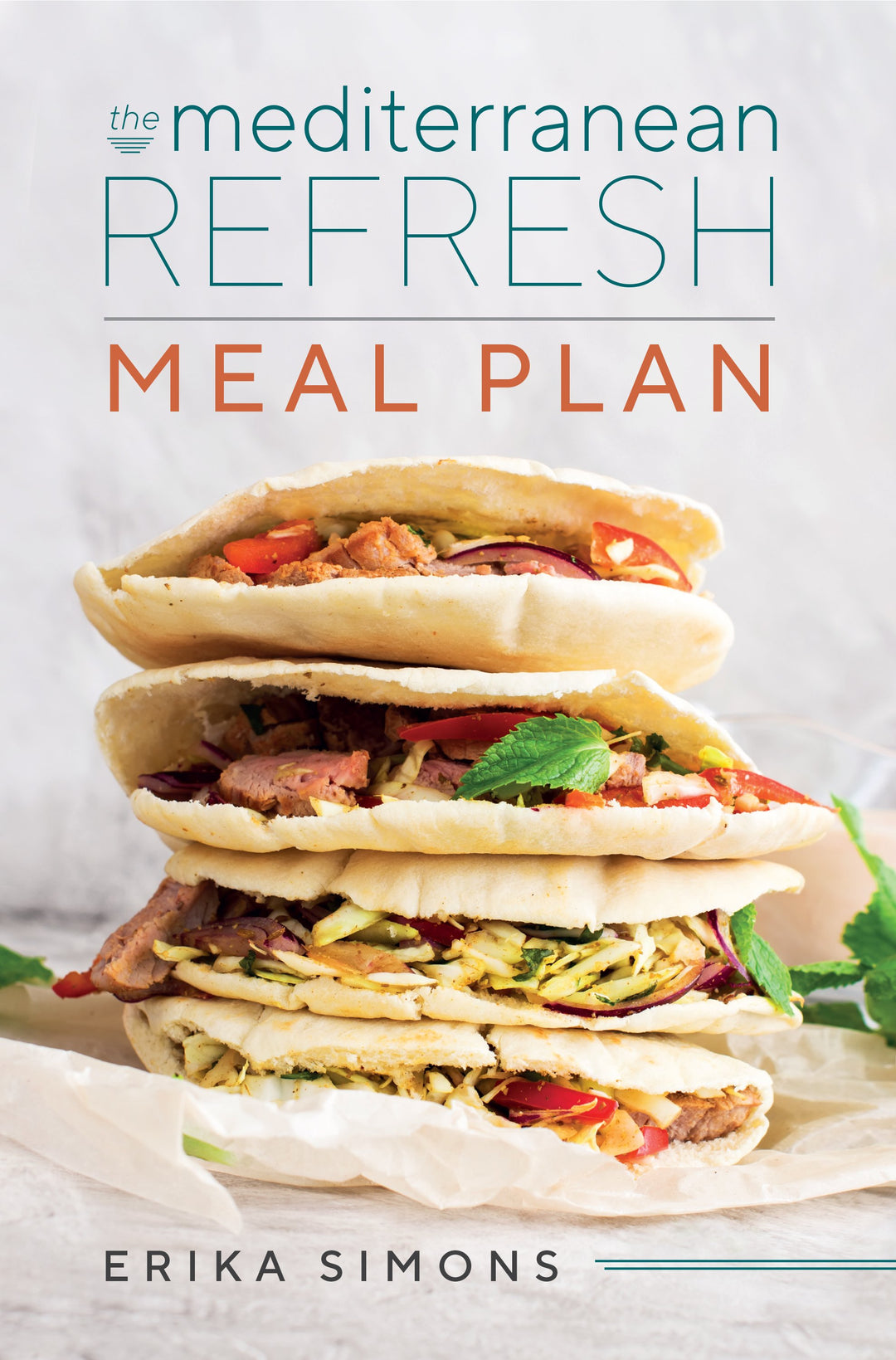How Do I Create A Healthy Meal Plan On A Budget?
Creating a healthy meal plan on a budget can seem challenging, but with a bit of organization and knowledge, you can enjoy nutritious meals without breaking the bank. This guide will walk you through all the essential steps to achieve that.
Understand Your Budget
Begin by determining how much you can afford to spend on groceries each week. This will help you make smarter choices when it comes to planning your meals.
Consider tracking your expenses for a month to get a clearer picture of your spending habits. Note down everything you purchase and categorize it into essentials versus non-essentials.
Having a defined budget not only helps in planning but also reduces the anxiety associated with grocery shopping. When you know your limits, you can shop confidently.
Lastly, don’t forget to allocate funds for unexpected expenses. Sometimes, you might need to buy additional items or even indulge in a little treat!
Set Clear Goals for Your Meal Plan
Decide on your nutritional needs and preferences, including any dietary restrictions. Clear goals will guide your grocery selection.
Think about incorporating different food groups in your meals. For instance, make sure your meals include not just carbohydrates, but also healthy fats and proteins.
If you have specific health goals, like weight loss or muscle gain, reflect those in your meal plan. It’s essential that your meals align with your objectives.
Additionally, consider your cooking skills and the time you have available. This can help you to set realistic goals that you can consistently achieve.
Plan Your Meals for the Week
Create a weekly menu that incorporates a variety of foods while keeping your budget in mind. Aim for balance with proteins, grains, and vegetables.
A great starting point is to choose recipes that can serve multiple meals. This not only saves time but also maximizes the ingredients you purchase.
Utilize seasonal fruits and vegetables, as they are usually cheaper and more flavorful. Plus, they can inspire a rotational menu that keeps your meals exciting.
Don’t forget to include meals that utilize leftovers. For example, roast a chicken on Sunday, then transform the leftovers into sandwiches, salads, or soups throughout the week.
Make a Grocery List and Stick to It
Prepare a grocery list based on your meal plan and stick to it while shopping to avoid impulse purchases and stay within your budget.
Organize your list by aisle or food category. This way, shopping becomes more efficient, and you are less likely to overlook essential items.
Try to shop when you’re not hungry; it significantly decreases the temptation to buy unnecessary snacks and treats. A full stomach helps you stick to your list!
If you find items on sale that you can incorporate later into your meals, make room in your budget for these smart buys. However, always evaluate their necessity.
Prepare Meals in Batches
Cooking in larger quantities allows you to save time and money. Consider meal prepping for the week to make it easier to stick to your plan.
Batch cooking can be super beneficial, particularly for busy weeks. Prepare a couple of main dishes that can be frozen and reheated later, saving you time during busy evenings.
Utilize the freezer wisely! Stock up on meals that can be pulled out as needed for quick lunches or dinners, ensuring that you won’t be tempted by unhealthy takeout.
Lastly, consider involving your family or friends in meal prep sessions. It can make the process fun and help you all stay accountable to your healthy eating goals.
Final Thoughts
By following these steps, you can successfully create a healthy meal plan that fits your budget. Remember to stay flexible, plan ahead, and focus on whole foods to maximize your nutrition while minimizing your expenses.


























